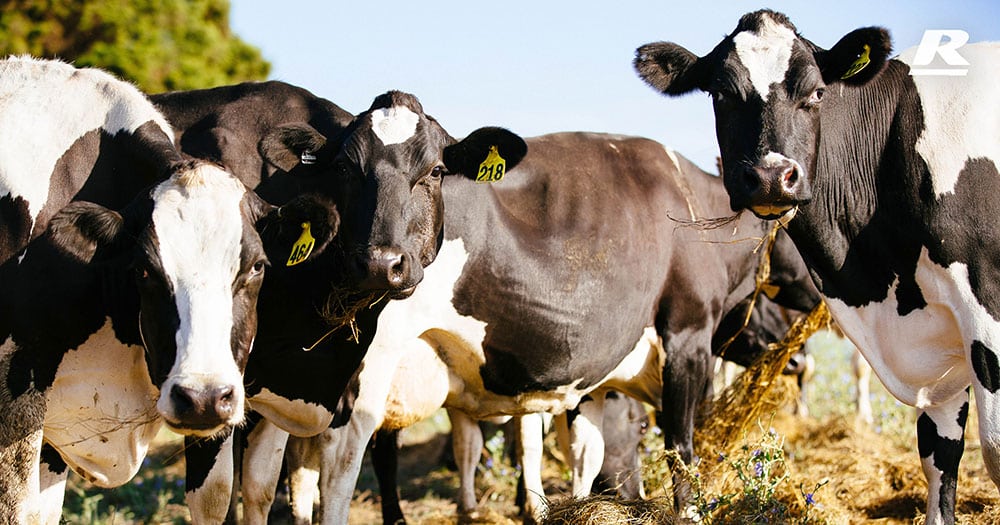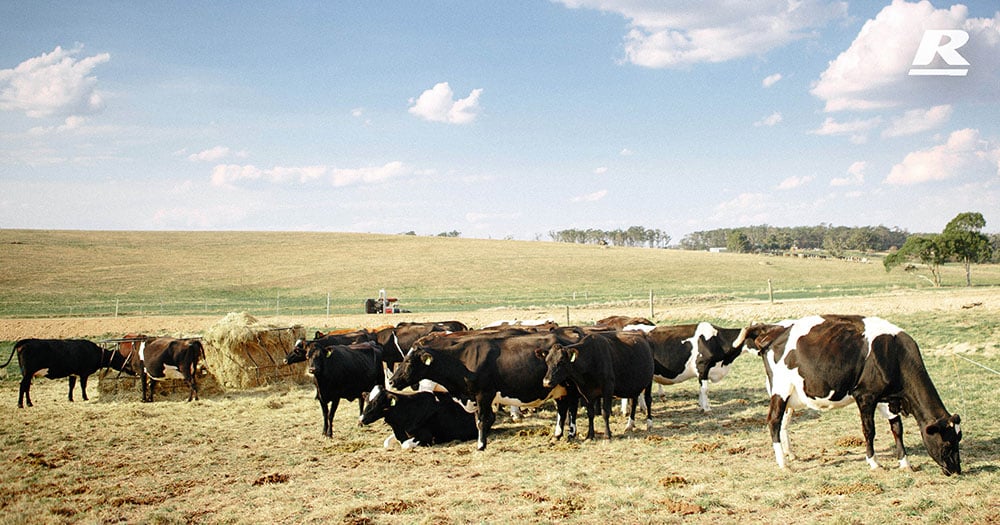Do you have the need…
the need for feed?
We are in that time of the year when even though we are a month past the shortest day, the spring flush of grass still seems like a long way off (possibly 6-8 weeks). Anecdotally there are more farmers struggling for paddock feed this year than previous years. Whilst it is not too wet (in fact too dry was more of an issue up until June) for growth in many areas, we are certainly seeing the low soil temperatures (easily below 10 degrees) and slow leaf appearance rates (can be as high as 18-20 days per leaf) that normally accompany this time of the year. In recent weeks, frost has also been a key factor. This is all on top of the reduced reseeding and fertiliser programs this year.
In a recent newsletter I wrote about 2 key goals for a dairy farmer in any given season:
- To grow heaps of homegrown food
- To get enough milk per cow to dilute her maintenance cost
If you are struggling for paddock feed like many farmers, the best thing you can do for both the pastures and the herd is to fill the cows up before they go to the paddock. This way they don’t do too much damage while they are in there. As soon as hungry cows run out of feed, they walk back and forwards looking for the next mouthful and this is what does the damage. At this time of year, it is also best to maintain a residual of 1500 kg dry matter per hectare (or more) to ensure that the pastures rebound as quickly as possible. If chewed down too hard, regrowth will rely on stored energy reserves in the roots and this will take longer. If you can protect the pastures right now, outside of improving recovery periods, there will be less pugging damage meaning a farm requiring less smudging and/or renovation. Ultimately you will be rewarded with better growth rates coming into spring which will give earlier options for locking up silage or starting a summer cropping program.
So what are the options to fill cows up prior to the paddock?
- Homegrown hay or silage
- Purchased hay
- Almond hulls
- Pellets/crushed grain
Clearly the homegrown hay and silage should be fed as priority because you have already paid for it and it needs to be fed right? Well that depends on the quality of that homegrown feed along with your cashflow situation and milk production goals. At the very least, you need to be able to shandy some of this homegrown food in with purchased forages such as cereal hays or higher protein hays.
In terms of purchased forages, it is important to buy on a test result so that you know what you are getting and which option is presenting best value. Which one you buy will depend on how much protein you have from other sources. Cereal hay can be a good energy and fibre source but is quite low in protein. Vetch or Lucerne hay on the other hand can test high in crude protein and still have reasonable energy and comparatively low fibre levels (cows consume more). Reid Stockfeeds can help you ascertain the best forage option(s) for your business.
What about almond hulls?
Well there are plenty of those being fed across across Victoria right now. They are a reasonable energy (sugar) source and have good fermentable fibre and are quite low in protein. Once the cows get a taste of them, they will eat up to 10 kg per cow per day if you let them, but this isn’t necessarily best for diet balance – something a bit more like 2-4 kg per cow per day provides the energy and fibre hit and helps stretch out the homegrown feeds. Some farmers feed them in hay rings, on feed pads, along the ground – wherever. Some store them in a bay of a shed in a bunker and some just in a pile on the ground (although covering them with pit silage plastic is probably not a bad idea).
If you haven’t got a feedpad, pellets/grain need to be elevated up the list, particularly if you can’t get into paddocks to feed out because they are too wet and/or you can’t or don’t want to feed on a section of track somewhere. We can add add almond hulls to your pellet/grain too if you weren’t aware.
I have said in previous newsletters that it is important to feed your cows to peak where you need them to in order to reach their production target (in the budget). Whilst they are fresh and donating body condition is the best time to invest in purchased feeds. For every extra litre they produce of peak milk, they should produce at least 200 L over the whole lactation. This is a pretty good return on investment. So, even though grain prices have been dearer (along with everything else) this year, peaking fresh cows should still be a priority. Once they have peaked and joined, you then have options to pull back on feed and manage the herd differently. However, if they don’t peak where they should and they mobilise excessive body condition as well, the chances are you end up with lots of empty cows in poor condition and whom haven’t earnt you much money for the season. This potentially turns a 1 year problem into a 3-5 year one. If you hold the line through the winter and get the cows to peak where they should and join on time, your payback will be in the spring. All of that slopping through mud and hand feeding will seem like a pretty good idea when the herd easily maintains production (and a better than expected monthly drop from peak milk) through spring on comparatively low levels of pellets/grain and no conserved feed.
What about if my cows have been underfed until now and there’s not much homegrown feed left on farm? The first thing to do is call your Reids Rep and ask them to help build a feedplan for the next 2-3 months (or longer) and put some dollar values on it for you. There are still things you can do to improve your financial situation, boost your chances of getting cows back in calf and minimise body condition loss (maybe even get them to turn the corner). They all revolve around food. And finding the right combination of purchased feeds that suit your infrastructure, labour availability and budget to get the job done. At the same time, getting over the fertiliser price and throwing some out ASAP will pay dividends not too far down the track. But get advice on this too in order to make sure your fertiliser dollars are directed in the most appropriate place.
There are farms around that have plenty of grass right now. What have they done?
- They started a long (45-60 day) rotation months ago (possibly towards the end of summer even) in order to build a ‘wedge’ of pasture.
- They maintained fertiliser and seeding programs and possibly used gibberellic acid at least once as well. Whilst the N fertiliser may have cut back from 1.5 or 2 kg N/ha/day to 1 kg/ha/day, they are still applying it. The fertiliser program may have been modified on the basis of soil test results, but there was still an Autumn blend that went out. In addition, the new paddocks or top-up paddocks were sown (dry in many cases) at the end of March/early April as per usual. This meant that when the rain arrived, the new pastures responded quickly. Also, anytime the boomspray ran over a paddock for weeds, they were applying gibberellic acid.
- They fed the fresh cows well on a combination of homegrown and purchased forages as well as pellets/grain. Basically, they have invested heavily early in lactation. The cows have not been hungry and therefore not walking around in circles in the paddock looking for the next mouthful of feed and so the pugging damage has been very minimal.
Summary of grazing tips for right now
- Maintain 1500 kg dry matter per hectare minimum residual.
- Get the cows out of the paddock as soon as they reach this residual (or fill them up before they go to the paddock in the first place).
- If possible push for 3 full ryegrass leaves before putting the cows in – this is going to provide the best balanced feed for the herd (in terms of energy, protein and fibre). They will still happily eat 2 leaf pasture at this time of the year but there is a greater risk of cow health/performance issues.
- Keep the nitrogen going out at a minimum of 1 kg per hectare per day (100 kg urea every 6 weeks).
If you’d like to increase your livestock farming gains and get professional feeding advice. Call 1300 REID FEED or enquire here >

